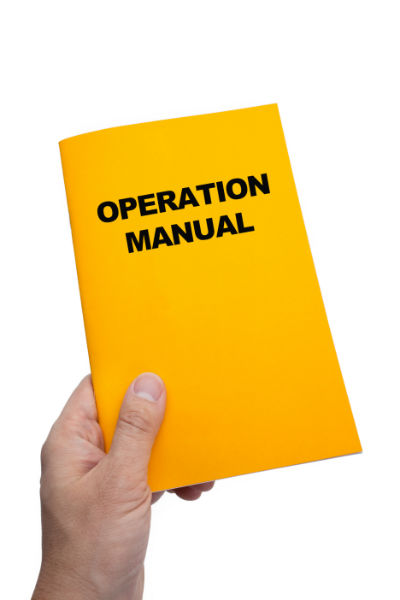When you depend on wood heat to keep you warm this winter, you want your fire to be hot, your temperature to be consistent, and your chimney system in top-notch condition. Many factors go into making your chimney work properly, even the firewood you choose.
 Trees, Density, and Firewood
Trees, Density, and Firewood
There are countless species of trees to choose from when you’re talking about cutting, hauling, and splitting. But if you want it to burn well, you should choose a tree that burns well. Soft woods like spruce, birch, and poplar burn easily and hot, but quickly, resulting in little heat, and fewer coals. The best trees to choose from are the dense hard woods: oak and maple. These woods, when properly seasoned, offer a long, consistent burn, producing the heat you need through winter.
Moisture and Your Wood Fire
Every tree that is cut down has moisture in it, sometimes up to 100% moisture. This can create an issue when you’re trying to burn that wood, called green wood. It can cause your fire to burn slowly, incompletely, and release more residue into the chimney including dangerous amounts of creosote.
Ideally your firewood should only have about 20% moisture when you burn it. This keeps the fire burning, the temperature hot, the chimney working properly, and the wood is even lighter to haul! If you’re a new homeowner, or new to your wood fireplace or stove, you may wonder how to get your firewood to this magic number.
Cutting and Storing Your Firewood
It’s never a good idea to burn wood that is not properly dried, and it’s easy to tell when you do. Wet wood will often hiss while it burns. You can also see steam, bubbles, and drips coming from the wood while it burns. Lastly, it burns slowly, often burns incompletely, and can produce small, inconsistent flames. This is not what you want when you depend on this firewood for heat!
You should cut your firewood to the size you want to burn (this allows more air circulation to help the drying process), and then you should set it aside to dry for at least six months. This means you should cut in the spring for the fall. Unless you have a massive store for the next year, you should be cutting wood through the off-season in order to have proper wood stored for winter burning.
Buying Your Firewood
If you don’t have access to your own firewood, you can most likely find a dependable local source, but you should be just as concerned with the dryness of the wood. You can check out the operation and get a look at the wood before you make your purchase.
Look for signs the wood is seasoned:
- Cracking and pulling away from the bark
- Dull gray or yellow color
- Produces a hollow sound when pieces are hit together
Even if you take precaution and plan to use only seasoned wood you can accidentally burn green wood. This is just one reason why you should always schedule chimney sweeps to clean up the chimney after burning season to insure it is clean and safe again.
Contact The Mad Hatter to schedule your chimney sweep today.

